Magnificent Minton - Part 1
Minton is another Staffordshire pottery which became a major producer and a well known name. We mention Minton for a number of reasons, but mainly because Minton was such a pioneer in pottery techniques. They perfected the manufacture of encaustic tiles, Parian ware and lead glazes.
Minton were also leaders in employing, or collaborating with, many different designers. Therefore, their styles and designs vary greatly over their almost 200 year proud history.
Because of this, you may not instantly recognise a Minton piece in the same way that you can immediately identify others, such as Jasperware by Wedgwood, for example.
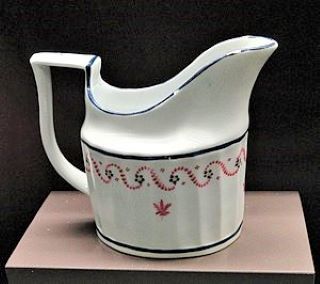
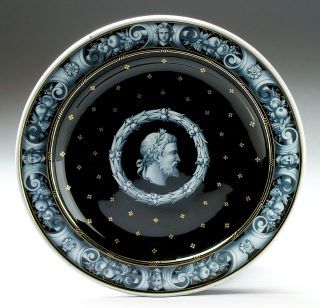
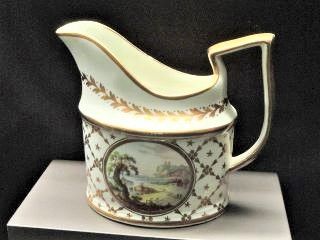
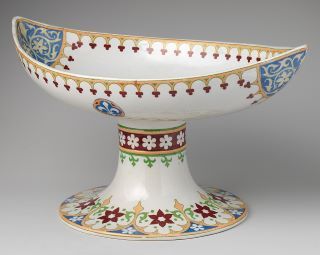
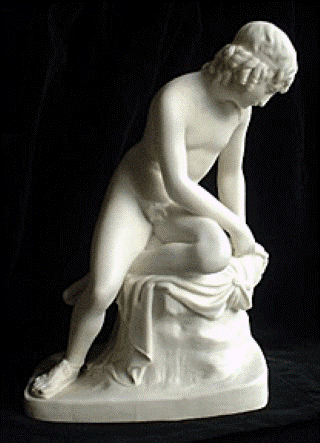
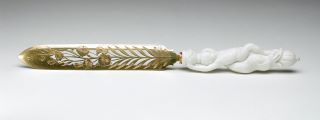
The founder, Thomas Minton, is credited as being the one who perfected the transfer printing process early on in his career, to create affordable Willow Ware.
There seems to have been a lot of collaboration among some of the potters at this time, sharing designs and discoveries. Thomas Minton designed and sold a willow design to Josiah Spode, which became the source of Spode’s early success, as we saw in a recent post.
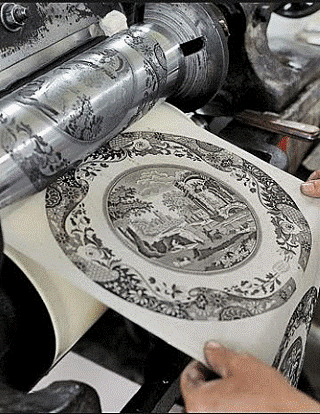
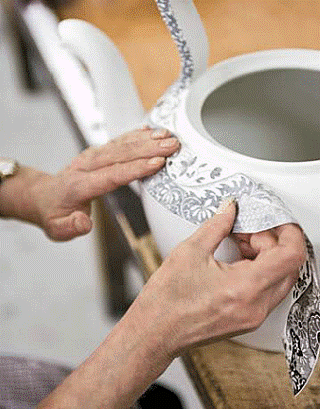
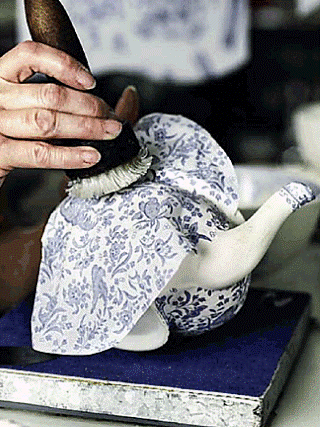
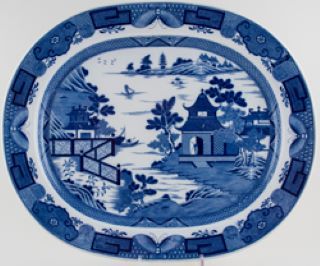
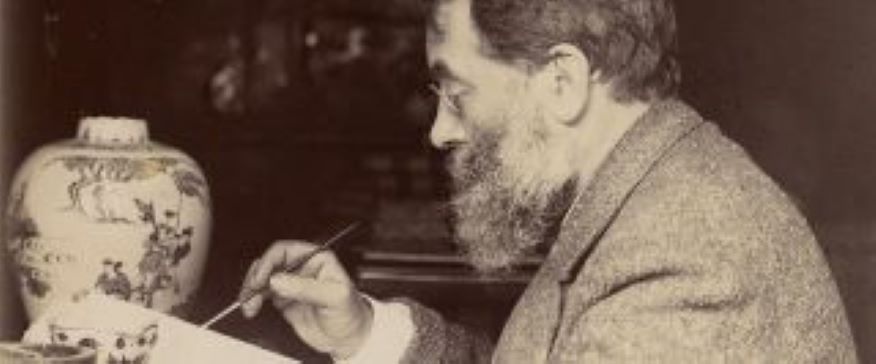
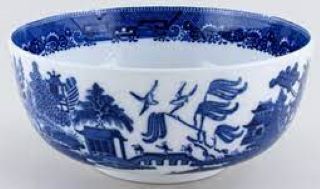
Thomas Minton (1765–1836) founded his pottery factory "Thomas Minton and Sons" in 1793 in Stoke-upon-Trent, Staffordshire, England, producing earthenware. He formed a partnership, Minton & Poulson, in 1796 with Joseph Poulson who made bone china in his own near-by china pottery.
When Poulson died in 1808, Minton carried on alone, using Poulson's factory to make china.1
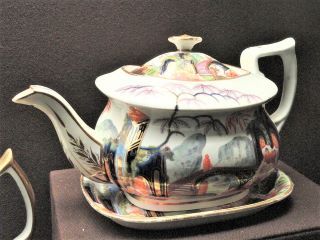
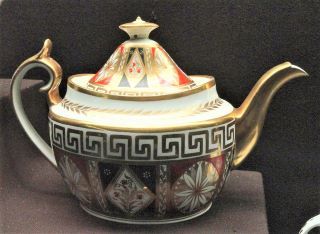
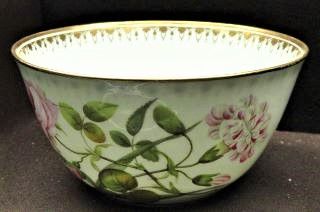
It seems Minton was quite a dynamo and a prime mover. He was the main shareholder in the Hendra Company, formed in 1800 to exploit china clay and other minerals discovered in Cornwall. China clay, or Kaolin, is a highly valued soft white clay, necessary in making fine porcelain.
It is called china clay as it was first used in the in Jiangxi Province, south-eastern China. The partners of the Hendra company included Minton, Poulson, and Wedgwood, among others. The company was profitable for many years, reducing the cost of materials to the owning potters, and providing an ongoing income by also selling to other firms.1
Minton's two sons, Thomas and Herbert, came into the business, but Thomas decided to go into the church and was ordained in 1825. Herbert, who had been working in the business since 1808, became a partner with his father in 1817.
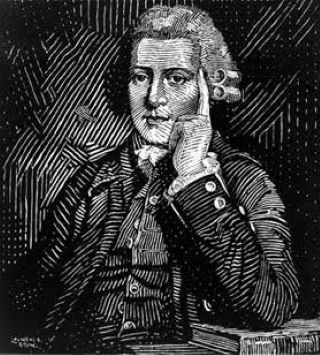
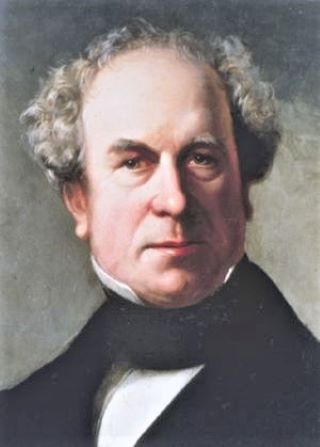
On his death in 1836, Thomas Minton Snr was succeeded by his son Herbert (1793–1858). Herbert developed new production techniques and took the business into new fields, notably into decorative encaustic tile making, through his association with leading architects and designers including Augustus Pugin and, it is said, Prince Albert.1
Herbert had two nephews, Michael Daintry Hollins, and Colin Minton Campbell, who came into the business in 1840 and 1848, respectively, and later became his heirs.
In 1845 Minton formed a new company with Michael Hollins, called Minton, Hollins & Company to exclusively make encaustic floor tiles for walls and floors in churches, public buildings, grand palaces and ordinary houses. The "encaustic" technique allowed clays of different colours to be used in the same tile, allowing far greater decorative possibilities. The company gained many prestigious contracts for tiled flooring all around the world, including the United States Capitol Building, State Parliament of Victoria (Australia), Westminster Palace, and St. Georges Cathedral, in Southwark, in the UK.1
The firm exhibited widely at trade exhibitions throughout the world and examples of its exhibition displays are still held at the Smithsonian Institute in Washington, D.C.1
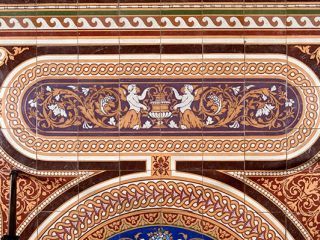
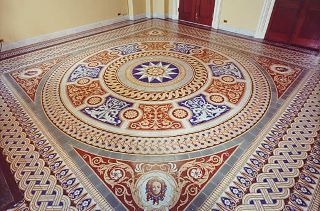
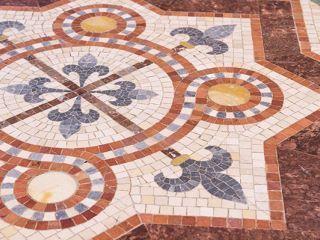
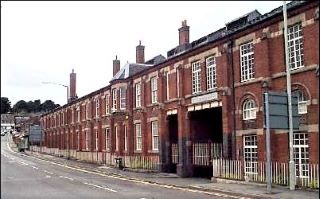
Minton Collins and Co. was taken over by H & R Johnson, another Stoke on Trent firm, in 1968. Johnsons tiles are still made in the UK today, and they still offer a "Minton Hollins" range.
Johnsons also undertake hand made tile restorations of original Minton Hollins works, such as the Bethesda Terrace in Central Park, New York. This ornate entrance to Central Park is one of the most photographed ceramic installations in the world. It was originally laid with Minton Hollins tiles in 1869, and was restored in 2007.
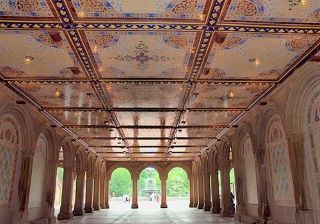
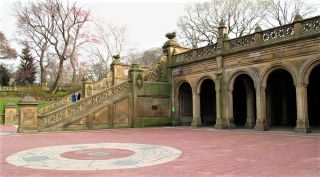

I have been asked whether the correct name of the pottery should be Minton or Mintons. I think either is OK, as we can see from the back stamps below that they used both name themselves, at different times...........
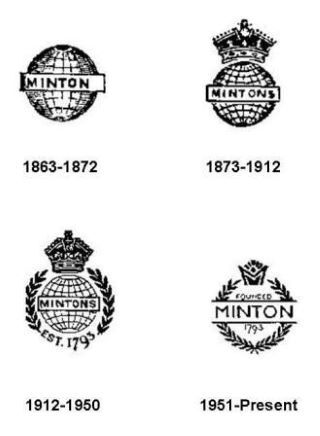
Tomorrow we shall return to look at more Minton pottery which was developed though Herbert Minton's collaboration with many other artists and designers.
You will be amazed at the vastly different techniques and styles produced......
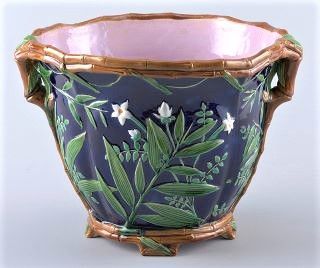
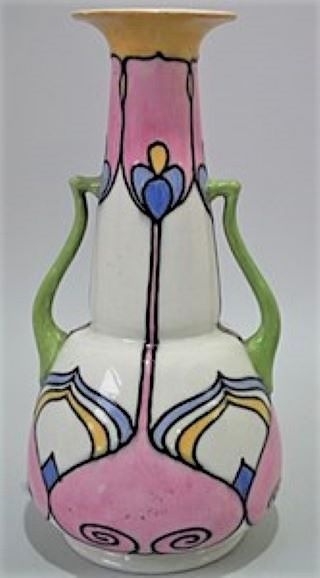
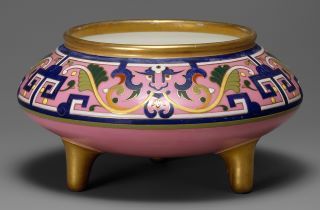
Footnotes
- With thanks to Wikipedia.com
